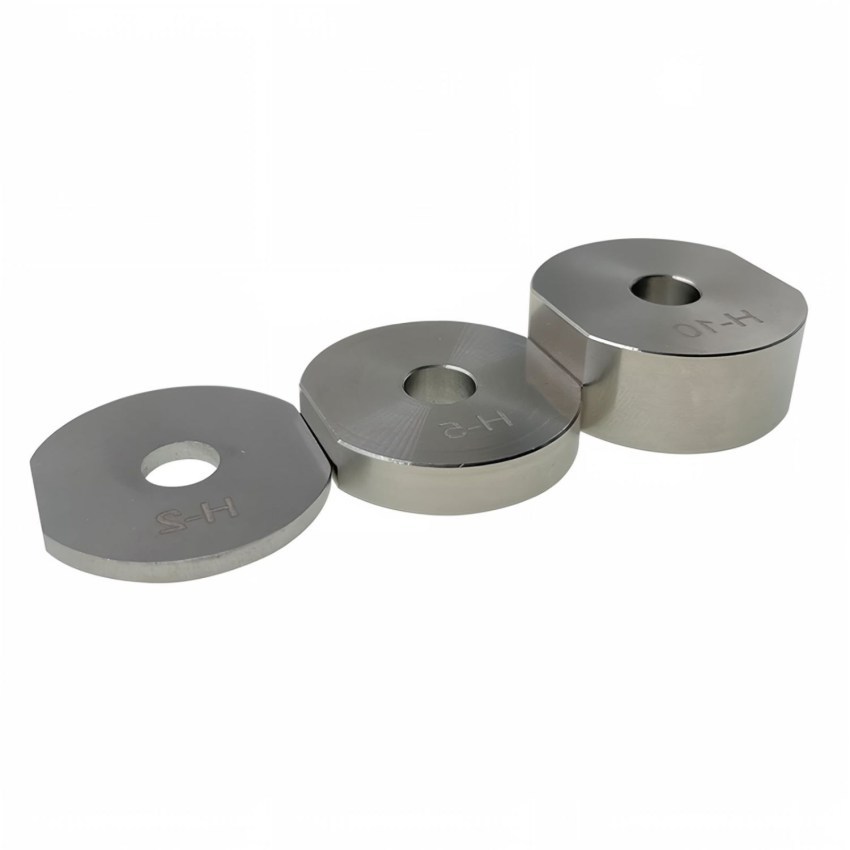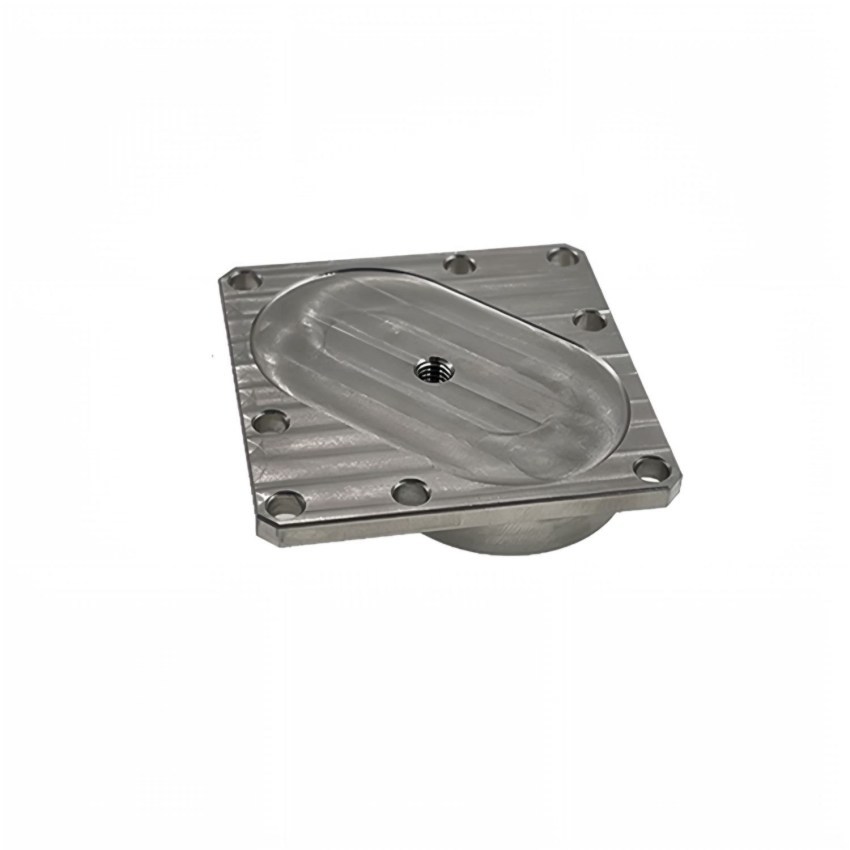Innovative Methods in Sheet Metal Cutting for Precision Manufacturing
Release time:
2025-05-20
Innovative Methods in Sheet Metal Cutting for Precision Manufacturing Table of Contents 1. Introduction to Sheet Metal Cutting Techniques 2. Understanding the Importance of Precision in Manufacturing 3. Traditional Sheet Metal Cutting Methods 4. Innovative Techniques Revolutionizing the Industry - 4.1 Laser Cutting: The Precision Powerhouse - 4.2 Waterjet Cutting: The Versatile S

Innovative Methods in Sheet Metal Cutting for Precision Manufacturing
Table of Contents
1. Introduction to Sheet Metal Cutting Techniques
2. Understanding the Importance of Precision in Manufacturing
3. Traditional Sheet Metal Cutting Methods
4. Innovative Techniques Revolutionizing the Industry
- 4.1 Laser Cutting: The Precision Powerhouse
- 4.2 Waterjet Cutting: The Versatile Solution
- 4.3 Plasma Cutting: Speed Meets Precision
5. Integrating Technology in Sheet Metal Cutting
6. Future Trends in Sheet Metal Cutting Technologies
7. Case Studies: Real-World Applications of Innovative Techniques
8. Conclusion: The Path Forward in Precision Manufacturing
9. Frequently Asked Questions
Introduction to Sheet Metal Cutting Techniques
In the realm of **manufacturing**, sheet metal cutting plays a pivotal role in creating components for diverse industries. As industries evolve, so do the methods of production, particularly in the realm of **sheet metal fabrication**. In this article, we will explore innovative sheet metal cutting techniques that enhance precision and efficiency, ultimately driving the success of precision manufacturing.
Understanding the Importance of Precision in Manufacturing
Precision is the cornerstone of quality in manufacturing. In industries such as aerospace, automotive, and electronics, even the slightest deviation can result in significant failures or inefficiencies. Thus, **adopting advanced sheet metal cutting techniques** is not just a choice; it's a necessity for maintaining high standards and meeting stringent regulatory requirements.
Traditional Sheet Metal Cutting Methods
Historically, sheet metal cutting methods included saw cutting, shearing, and punching. While these techniques served their purpose, they often fell short in precision and efficiency.
Limitations of Traditional Techniques
Traditional methods are often characterized by:
- **Higher Waste**: Increased scrap material due to less precise cuts.
- **Manual Labor**: Greater human involvement, leading to inconsistencies.
- **Slower Production Rates**: Time-consuming processes hindered production capacity.
Recognizing these limitations has led to the exploration of **innovative techniques** tailored for modern manufacturing demands.
Innovative Techniques Revolutionizing the Industry
The advent of technology has reshaped the landscape of sheet metal cutting. Let's delve into some of the most prominent innovative methods.
Laser Cutting: The Precision Powerhouse
Laser cutting utilizes focused beams of light to slice through materials with unparalleled accuracy. This technique is renowned for its ability to produce intricate designs and high-quality cuts.
Advantages of Laser Cutting
- **Exceptional Precision**: Tolerances as tight as ±0.01 mm can be achieved.
- **Minimal Material Waste**: The narrow kerf width reduces excess scrap.
- **Versatility in Materials**: Capable of cutting various materials, including stainless steel, aluminum, and plastics.
Waterjet Cutting: The Versatile Solution
Waterjet cutting employs high-pressure water mixed with abrasive materials to cut through metal. This method is particularly effective for thicker materials and sensitive components.
Benefits of Waterjet Cutting
- **No Heat-Affected Zone**: Eliminates thermal distortion, preserving material integrity.
- **Eco-Friendly**: Produces no noxious fumes and requires no additional finishing.
- **Complex Shapes**: Enables intricate cut designs that traditional methods struggle with.
Plasma Cutting: Speed Meets Precision
Plasma cutting employs a high-temperature plasma stream to slice through metals, making it a favored method in industrial applications.
Key Features of Plasma Cutting
- **Rapid Cutting Speeds**: Ideal for high-volume production environments.
- **Cost-Effective**: Lower operational costs compared to laser cutting.
- **Ability to Cut Various Thicknesses**: Effective for a range of material thicknesses.
Integrating Technology in Sheet Metal Cutting
The integration of advanced technologies such as **CNC (Computer Numerical Control)** and **AI (Artificial Intelligence)** into sheet metal cutting processes enhances overall efficiency and accuracy.
CNC Technology
CNC machines automate the cutting process, reducing human error and increasing production speed. By programming precise specifications, manufacturers can achieve consistent quality across large batches.
AI and Machine Learning
AI algorithms analyze production data to optimize cutting paths and reduce waste. Machine learning can predict potential issues, facilitating proactive maintenance and minimizing downtime.
Future Trends in Sheet Metal Cutting Technologies
As industries continue to innovate, several trends are emerging in sheet metal cutting that promise to shape the future:
Increased Automation
Automation will become more prevalent, with fully automated cutting systems enhancing efficiency and reducing labor costs.
Advanced Materials
The rise of new materials such as composites will require innovative cutting techniques that can handle their unique properties.
Sustainability Focus
Manufacturers will increasingly adopt eco-friendly cutting methods that minimize waste and energy consumption, reflecting a broader industry shift toward sustainability.
Case Studies: Real-World Applications of Innovative Techniques
Examining real-world applications can provide valuable insights into how innovative cutting methods are employed.
Case Study 1: Aerospace Industry
A leading aerospace manufacturer implemented laser cutting to produce complex airfoil shapes, resulting in a 30% reduction in production time and significant cost savings.
Case Study 2: Automotive Sector
An automotive company utilized waterjet cutting for body panels, achieving higher precision with less material waste, ultimately enhancing the vehicle's performance.
Conclusion: The Path Forward in Precision Manufacturing
The landscape of sheet metal cutting is evolving rapidly, driven by technological advancements and the need for precision in manufacturing. By adopting innovative methods such as laser, waterjet, and plasma cutting, manufacturers can achieve unprecedented levels of accuracy and efficiency. As we look to the future, staying abreast of emerging technologies will be essential for companies aiming to maintain a competitive edge in the precision manufacturing sector.
Frequently Asked Questions
**1. What are the primary methods of sheet metal cutting?**
The primary methods include laser cutting, waterjet cutting, and plasma cutting, each offering unique advantages for different applications.
**2. How does laser cutting compare to traditional methods?**
Laser cutting offers greater precision, reduced material waste, and faster production rates compared to traditional methods.
**3. Is waterjet cutting more environmentally friendly than other methods?**
Yes, waterjet cutting produces no harmful fumes and generates less waste, making it an eco-friendly option.
**4. What industries benefit the most from advanced sheet metal cutting techniques?**
Industries such as aerospace, automotive, and electronics significantly benefit from these innovative techniques.
**5. How can manufacturers integrate AI into their cutting processes?**
Manufacturers can use AI algorithms to optimize cutting paths, predict maintenance needs, and enhance overall production efficiency.
Key words:





